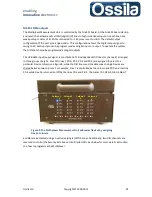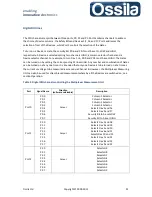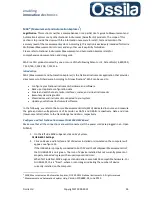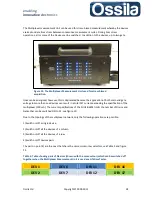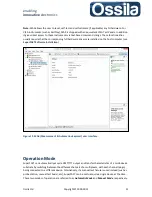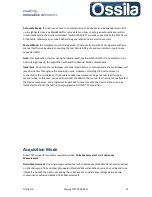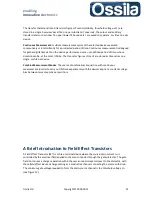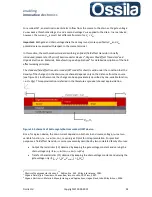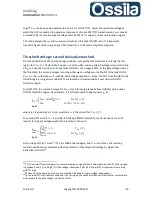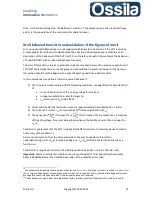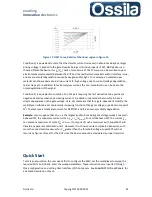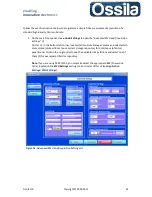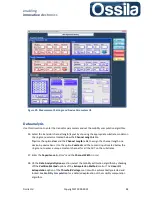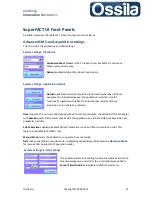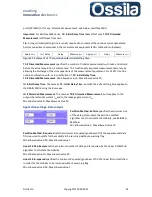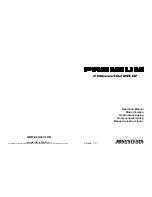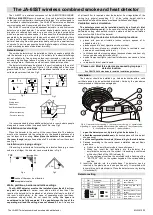
enabling
innovative
electronics
Ossila Ltd
Copyright © 2009-2015
38
If
E
is the applied electrical field, the carrier speed
v
is given by the equation,
The unit of measure of the mobility
is therefore cm
2
/( V∙s).
Saturation mobility:
If the transistor is operated in saturation regime, the drain current is
, with
Eq. 6
Eq. 6 means that when the transistor is ON (
),
is a
quadratic function
of the gate
voltage. To calculate the mobility, it is convenient to take the square root of
, and rewrite Eq. 6
as
Eq. 7
Expressed in this manner, the (square root) of the TC current
becomes a linearly function of the
gate voltage, and
can therefore be calculated exactly the same way as
by inverting Eq. 7:
,
Eq. 8
with
slope of
.
Gate-dependent mobility
Eqs. 5 and 7 are simply the equations of straight lines. This holds true as far as the mobility is an
independent function of the gate voltage in the range of validity of these two equations.
Conversely, if the mobility is gate-voltage dependent so must be the slope
and Eqs. 5 and 7 are no
more representing straight lines. In turn, equations 4 and 8 now read
Eq. 9
.
Eq. 10
In Eqs. 9 and 10 the slope of I
DS
(V
GS
) has been replaced with the derivative of the drain current with
respect to the driving voltage V
GS
.

